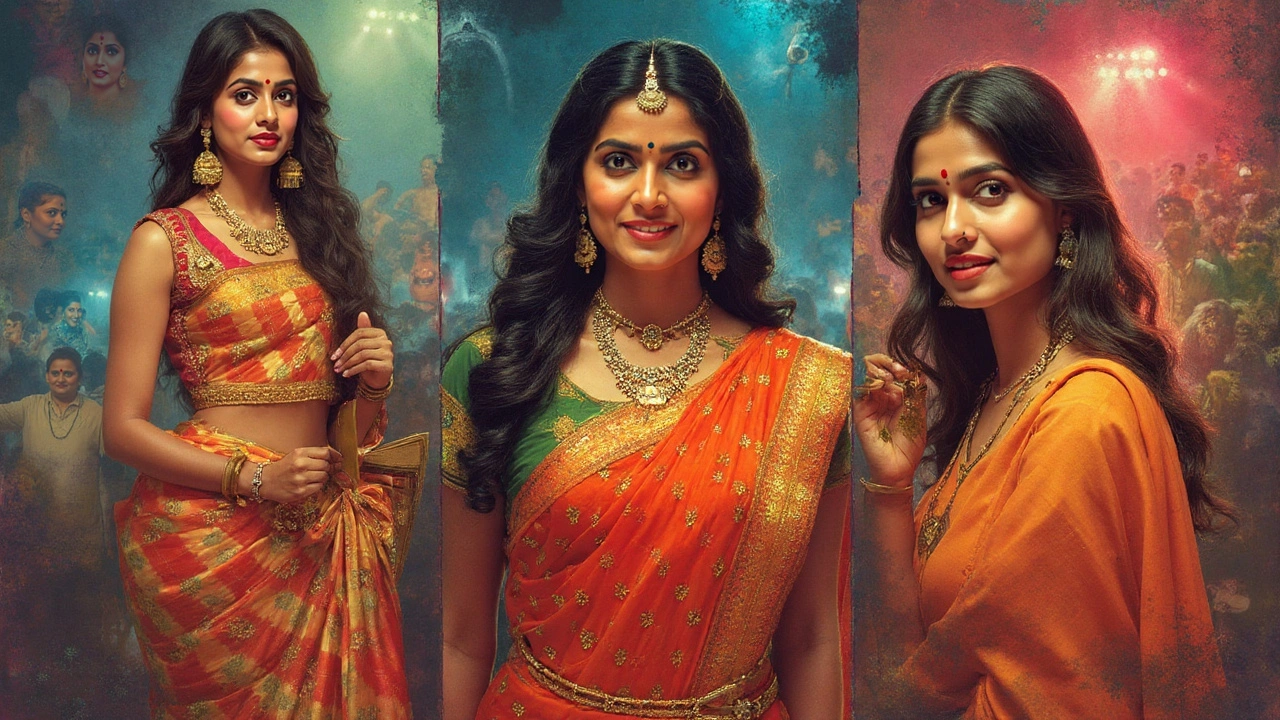
The idea that there’s a single “best” female actor in India feels almost impossible to nail down. The country isn’t short of dazzling talent or electric performances that make you forget you’re sitting in a theater, not someone’s living room. Names like Deepika Padukone, Alia Bhatt, Vidya Balan, Priyanka Chopra, Kangana Ranaut, and Sridevi have each, at some moment, redefined what it means to be a female lead in Indian cinema. The way these stars shapeshift between larger-than-life melodrama and intimate, unguarded emotion keeps audiences hooked and critics buzzing. But it’s not just about awards or popularity. The power of an actor lies in how real they feel on screen, how they speak to your gut, make your skin prickle, or even change the way you think.
The Hard Truth: No Single Queen of Indian Cinema
Everyone has a favorite, and nobody agrees on the unbeatable best. You step into a living room in Mumbai and someone will swear Kajol is the GOAT; go to a theater in Chennai and you’ll get a whole different flavor. The diversity is wild. Bollywood used to have queens who reigned over decades—Madhubala, Meena Kumari, Nargis, Smita Patil—but today, talent spreads across languages and industries. Hindi, Tamil, Telugu, Malayalam—the best could easily be from any region. Alia Bhatt pulled off “Gangubai Kathiawadi” with grit that had veteran directors calling her the best of the generation, but then you have Samantha Ruth Prabhu tearing up the screen in the South. Someone like Sridevi moved effortlessly between Hindi, Tamil, and Telugu, leaving a legacy that still echoes. And what about Tabu, who gets lost in commercial debates but wins every time she takes on tough, stubborn roles?
This lack of a unified “winner” actually says more about Indian film than anything else. Ask Shabana Azmi, often called the ultimate actor’s actor, about talent and she’ll point to how the greats don’t try to win you over—their work just lingers with you. As she once said,
"Acting is not about being recognized, it's about connecting with people at their most vulnerable moments."That’s the real contest—whose performance can you not shake off, even weeks after the credits roll?
Diving into the Powerhouses: Not Just Bollywood
The mainstream loves to hype up Bollywood, but the truth? Regional cinemas pound out some of the fiercest acting around. Tamil’s Nayanthara, Telugu’s Samantha, Malayalam’s Parvathy—these names have quietly racked up loyal fanbases that often seem more passionate than the typical Bollywood crowd. Then there’s the timeless Shabana Azmi, who can switch from arthouse to commercial in a blink, or Tabu, whose choices might confuse box office pundits but always surprise connoisseurs. And Vidya Balan, who shifted the narrative of what a “heroine” can be with films like “The Dirty Picture” and “Kahaani.” She once said,
"The roles that excite me are the ones that scare me. If I feel safe, I don't do it."That’s not a marketing line—it’s her real approach, and it bleeds through her performances.
Beyond language or commercial acceptance, watch how these actors switch between genres and characters. Priyanka Chopra played a tough boxer in “Mary Kom” and a troubled model in “Fashion,” before heading off to take on Hollywood. Alia Bhatt started with the frothy “Student of the Year,” but films like “Raazi” show how quickly she can flip from sweet to steel.
It’s easy to only remember Bollywood’s brightest. But skip the limited scope and check out someone like Keerthy Suresh for “Mahanati” or Sai Pallavi in “Premam.” Both set new benchmarks for storytelling, refusing to be just pretty faces. Their work tells you how Indian cinema, as a whole, is busy breaking boundaries.
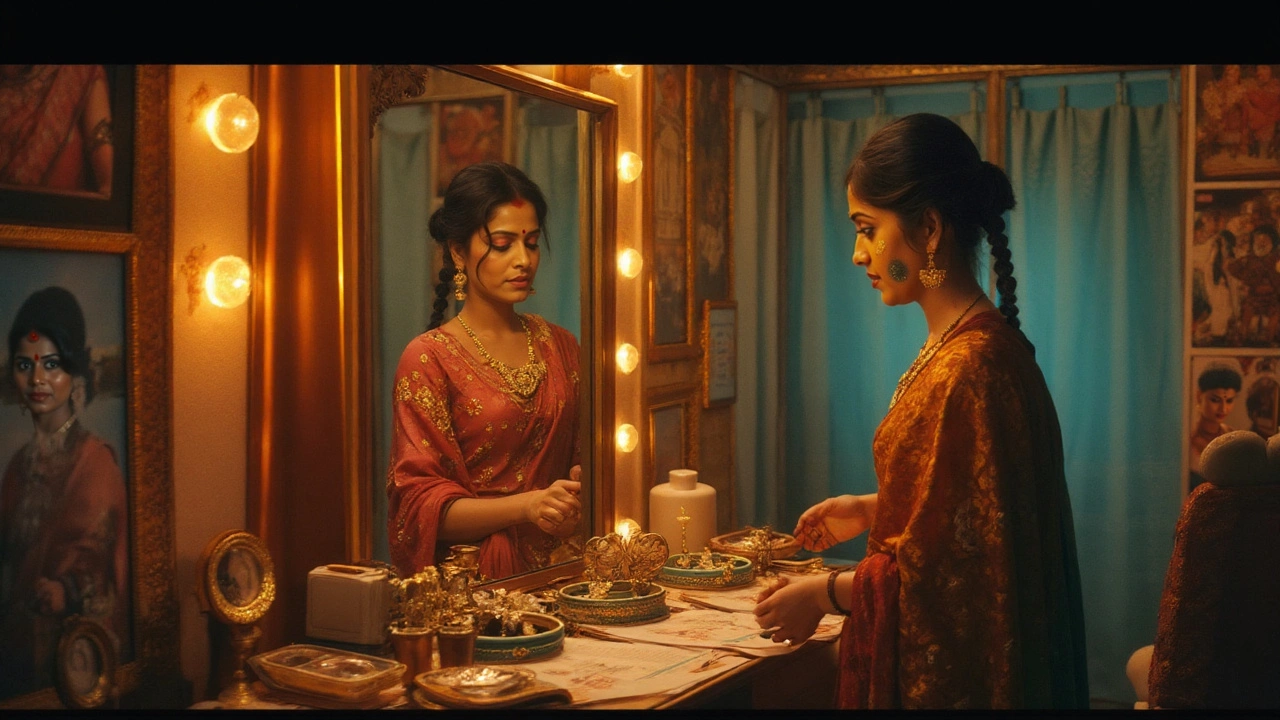
What Sets the Best Apart: Talent, Risk, and Reinvention
If you only look at awards, you’ll find everything from the Filmfare to the National Film Awards acting as a rough map of who’s big in any given year. Here’s a handy table with big winners and their most famous roles:
| Actor | Flagship Role | Major Awards Won | Languages Acted In |
|---|---|---|---|
| Deepika Padukone | Piku, Padmaavat | 3 Filmfare, 1 National Award | Hindi, Tamil, Kannada |
| Vidya Balan | Kahaani, The Dirty Picture | 7 Filmfare, 1 National Award | Hindi, Bengali |
| Alia Bhatt | Raazi, Gangubai Kathiawadi | 5 Filmfare, 1 National Award | Hindi |
| Kangana Ranaut | Queen, Tanu Weds Manu | 4 National Awards | Hindi, Tamil |
| Sridevi | Lamhe, English Vinglish | 1 National Award, 5 Filmfare | Hindi, Tamil, Telugu, Malayalam |
| Nayanthara | Aruvi, Maya | Multiple South Indian Awards | Tamil, Telugu, Malayalam |
Notice how it’s not the sheer number of trophies that makes someone stand out. It’s the pattern of constant reinvention. Deepika, for example, refuses to stick to a stereotype; she went from dreamy lover in “Yeh Jawaani Hai Deewani” to the dark, PTSD-ridden role in “Gehraiyaan.” Kangana Ranaut never stops picking fights—on and off screen. She’s even said,
"Every time they wrote me off, I came back stronger. That's my superpower."The audience can’t look away, whether they love or hate her. Consistent risk-taking is the trait that sets the undeniably best actors apart.
Reinvention isn’t just a publicity game. It keeps roles fresh and builds a real relationship between actor and viewers. Priyanka Chopra started in small-town roles, but her global leap broke open doors for Indian female actors everywhere. Her journey into international fame shows how “the best” is more about grit and creativity than about winning any single contest.
Tips for Spotting the Next Best: What Fans and Critics Watch
If you want the real answer for “who is the best female actor in India,” you have to dig beneath the headlines. Here’s how to keep your eye out for the most promising talent:
- Look past box office numbers: Commercial success is great, but some of the bravest actors have box office failures. Don’t write someone off just because their biggest film flopped.
- Watch for range: If you see an actor nailing both comedy and tragedy, that’s rare. Alia Bhatt flipping between “Dear Zindagi” and “Highway” is a masterclass.
- See how they handle scripts nobody else wants: Vidya Balan was told “The Dirty Picture” was a career mistake. She made it an industry milestone.
- Track longevity: The best of the best survive through fads and trends. Sridevi was acting from childhood to adulthood, always relevant.
- Notice critical buzz: Critics spot things fans sometimes miss—tiny gestures, silent acting, moments that don’t scream for attention but stay with you. Look for the names that critics keep bringing up, even when they aren’t in blockbuster hits.
- Check how they talk about failure: Most great female actors have stories about coming back from setbacks. Grit is a good predictor of future greatness.
Here in Wellington, thousands of miles from Mumbai, people still debate who reigns supreme. Curious movie fans trawl through YouTube for Nayanthara’s subtlety in “Maya” or Deepika’s controlled pain in “Chhapaak.” Thanks to streaming platforms, you can watch performances in any language, any day. The boundaries that kept talent regional are crumbling—so keep your eyes on the whole map, not just on Bollywood’s loudest stars.
The title of best female actor in India isn’t carved in stone. It will keep changing as more faces, voices, and stories push past the old definitions. Next year’s “best” could be someone you haven’t even heard of yet—that’s the magic of Indian cinema. The hunt for the greatest is nonstop, and if you’re paying attention, it’s the best kind of journey for a film lover.
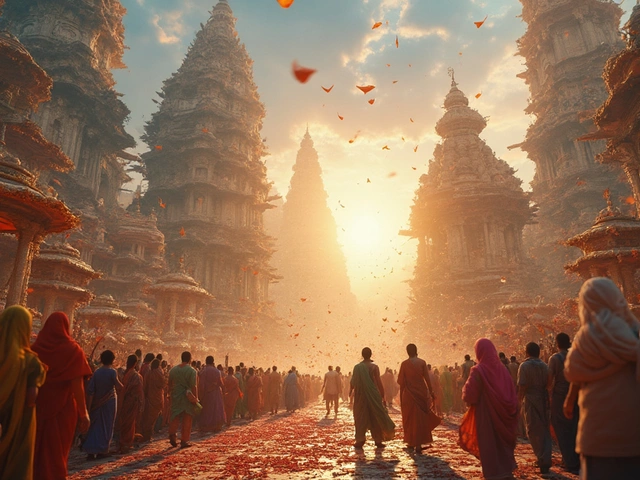
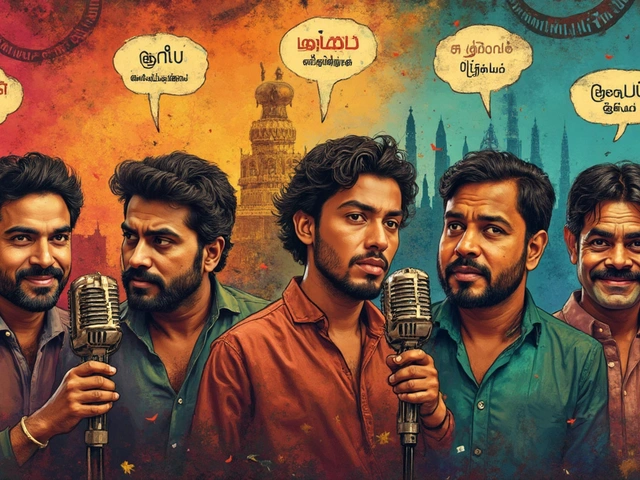
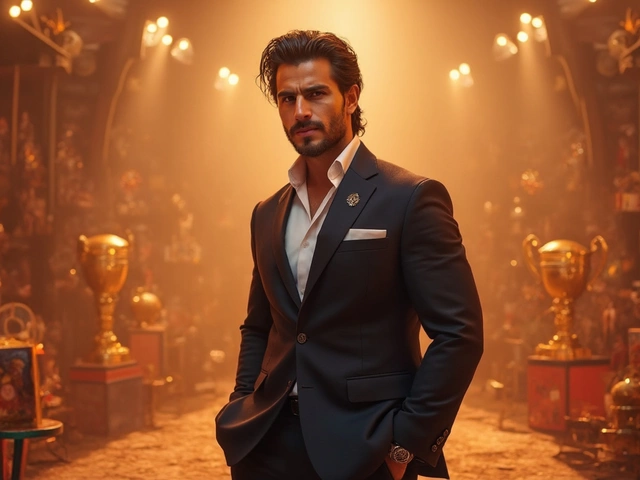

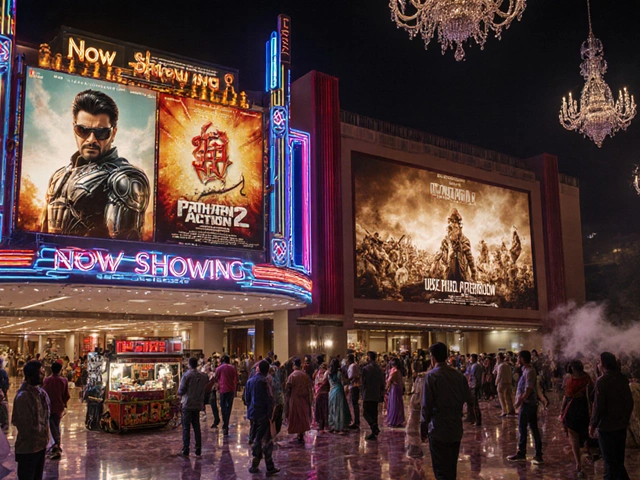
Write a comment